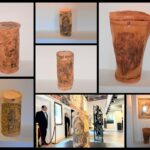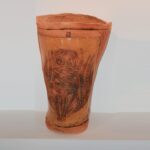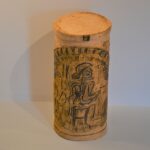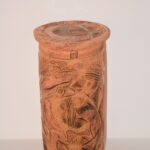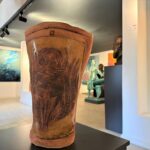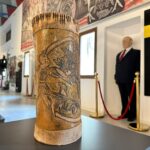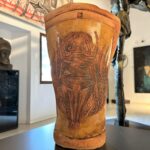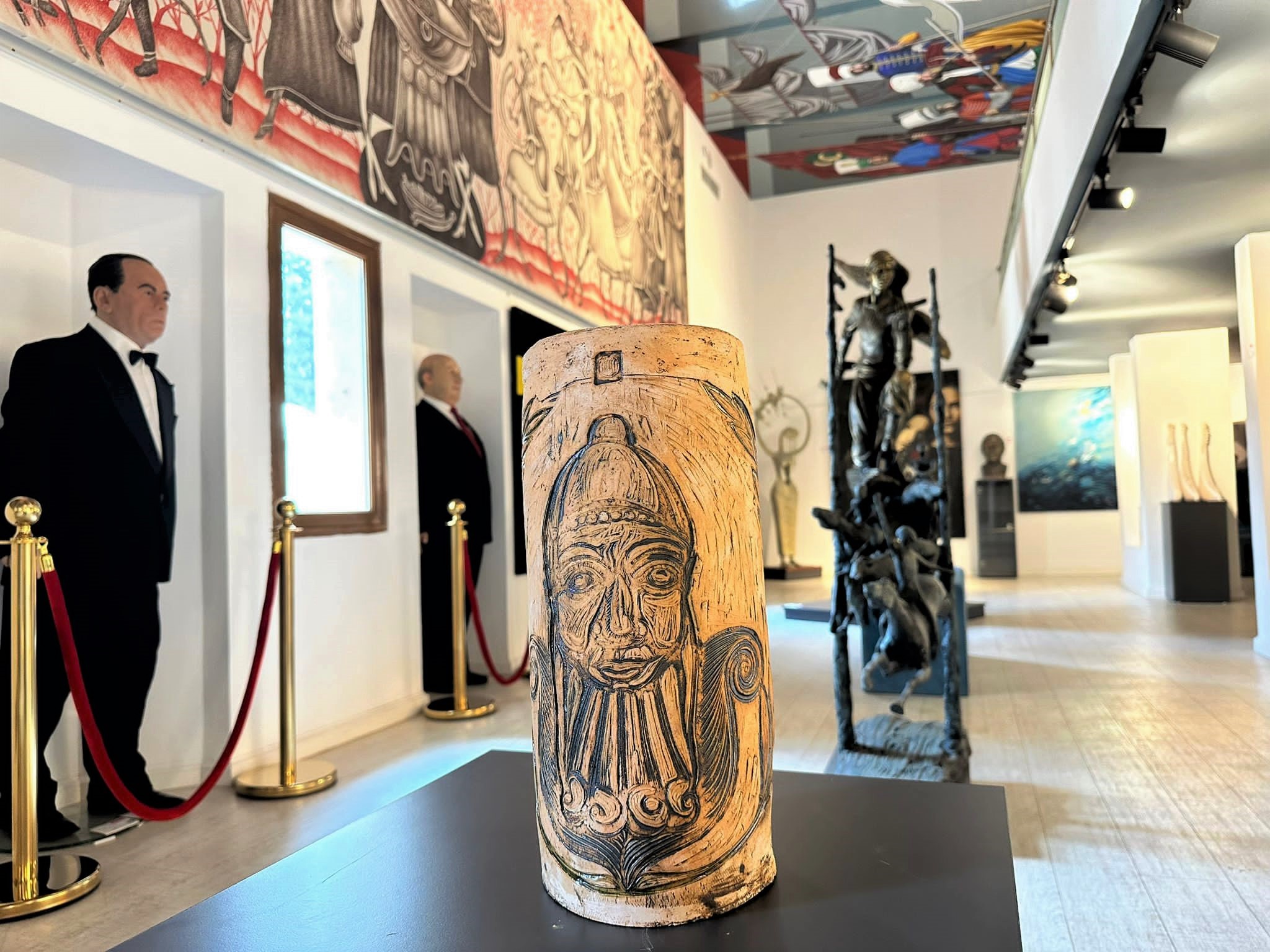
Bringing together the culture and art of Cyprus under one roof, the Walled City Museum continues to enrich its collections. Welcoming its visitors right across the Kyrenia Gate, which is also an important symbol of history, the Walled City Museum integrates the past culture of the island with the present, with ceramic works inspired by the figurines and figures used in Cyprus in ancient times, including the archaic period.
Ceramic works bearing the signature of Selcuk Yalovalı, a lecturer at the Faculty of Fine Arts and Design of Near East University, were opened to visitors by taking their place in the collection of the Walled City Museum.
Figures and figurines used in ancient times represent an important part of past cultures. These works, dating back to 4 thousand years, reflect the lifestyle, belief systems and artistic expressions of Cyprus at that time. It also enables us to understand the aesthetic understanding and mentality of past civilizations.
Selcuk Yalovalı, who has made the artworks opened to visitors at the Walled City Museum, says that he aims to emphasize the importance of the cultural heritage of Cyprus by bringing the values and history of the past to the present with his artworks.
A unique collection that brings the past to the present!
Selçuk Yalovalı’s first work, which bears the traces of the past of Cyprus, is inspired by a work dated to 1,450-1,200 BC and unearthed in the Agia Paraskevi region of Nicosia. Inspired by a nude bird-faced female figurine holding a baby in her arms, Yalovalı transformed it into an amorphous ceramic work. In the painting, a bird-faced naked woman with large hoop earrings holding a baby in her arms and Cyprus spikes surrounding her in the background. Selçuk Yalovalı created the motifs and geometric shapes he used in his work by staying loyal to the period in which the figurine was made.
Selçuk Yalovalı, in another of his works in the collection, is inspired by a cylinder seal unearthed from the Agia Paraskevi region of Nicosia. In the middle of this cylinder seal, which is dated to the 14th century BC, a seated figure, thought to be a god or goddess, is seen. This figure, whose dress looks like a long frilly or patterned figure, is holding a “griffin” by the tail with one hand, whose head is an eagle and whose body is a lion. Winged supernatural creatures or lions are depicted around it. Yalovalı also reinterprets the figures he used in his work with geometric shapes and motifs belonging to that period.
The ceramic work symbolizing a bird hunting fish is one of the striking works of the collection. The figure that inspired this work of Yalovalı is inspired by a vase from the 1st Archaic period, which coincides with 750-600 BC. In the composition created by Yalovalı on ceramics, there is a heron bird figure holding a fish in its mouth. It is inspired by the fish motifs of that period.
